It can be hard to tear yourself away from a day in Croatia’s Dubrovnik — walking atop its medieval wall, sipping a beer at a sidewalk café, admiring the hilly town, clad in marble. Fortunately, on our call at Dubrovnik, part of Windstar’s “locals” season itinerary, we had a day and a half to spend here, which gave us time to explore farther afield.Learning about, and cooking, local food (and in our case indulging in handmade grappa and wine, too) opens up the soul of a place whether it’s a demonstration, a working session, or a bite-sampling — or all three. On “Cooking Lunch with Locals at Miloslavić Family Home,” the sum of its parts was way better than even that.
What made this one of the most special culinary excursions I’ve ever taken wasn’t so much about learning how to cook authentic Croatian peka — meat and potatoes in a pot with a bell-shaped lid — along with vegetable risotto and apple strudel. It was also about spending time with Pero and Marija Miloslavić, whose family has lived in the area for over 500 years. They are raising their four daughters here, and their home is adjacent to a fairly newly constructed taverna, complete with a demonstration kitchen. In addition to hosting Windstar guests, they operate a small restaurant (reservations only) and even host Croatians who want to enjoy a traditional peka without making it themselves. (It can take hours to prepare.)
If the Miloslavićs’ peka is good enough for locals, I knew we’d enjoy it too.
And yet, it wasn’t just the traditional dishes, all made with ingredients from their own and neighboring farms, that stayed with me, long after we’d returned to Star Legend. It was the family’s warmth and hospitality, which we began to experience as soon as the minibus pulled up carrying eight of us from Windstar. A bar cart awaited us in the entry, filled with grappa, a type of brandy, with variously flavored versions, all made by Marija from ingredients from her garden.
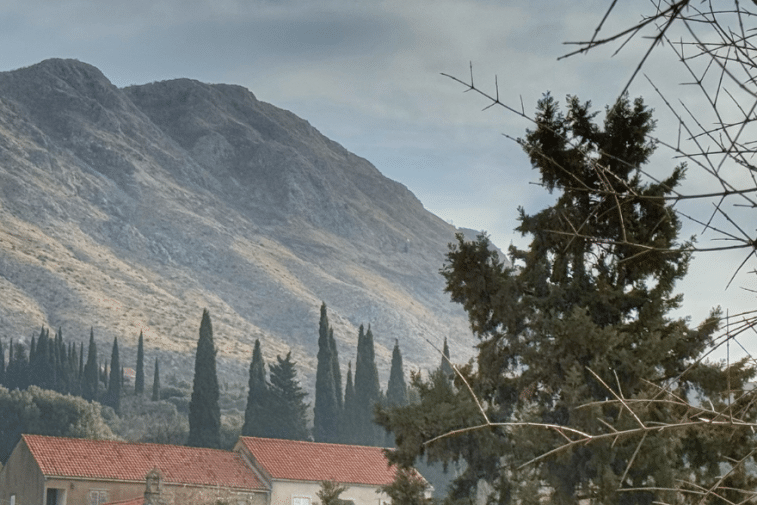
Marija poured everyone a taste in a shot glass and said, “After this, make yourself at home,” and so we did. Big hits were the walnut, blood orange, cherry and apricot, but some of us made a point of trying all dozen or so flavors. It’s potent stuff, and the bar cart was also stocked with water and juice.
“Our inspiration comes from our passion for tradition and the place where we live,” Marija tells me. “When you visit Dubrovnik, to truly experience it, you need to explore the countryside, meet the locals, and try the local delicacies. Fruit and vegetable are ecologically grown in our garden, food is homemade. This makes for the best experience. We would like to invite everyone who is looking for a unique place that feels like visiting family.
“Our place is always here to come back to.”
Feeling, indeed, so welcome and so comfortable in their home cast a golden glow that threaded the experience.
What to expect
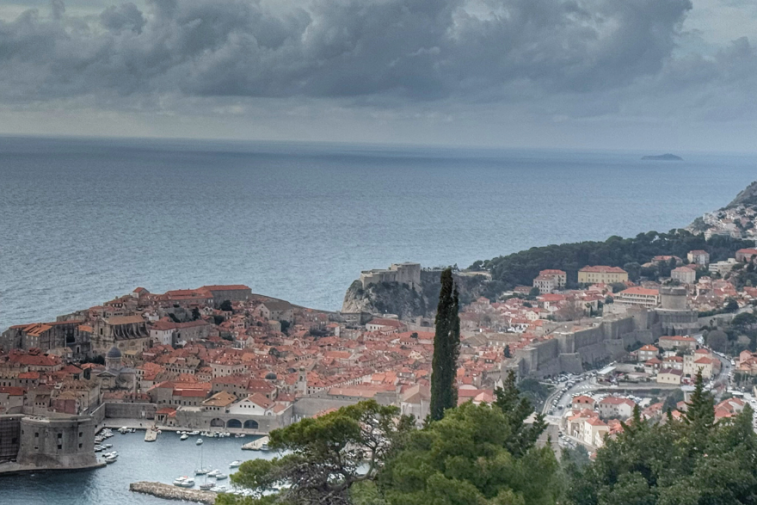
Including our 30-minute drive each way, “Cooking Lunch with Locals at Miloslavić Family Home,” lasted about six hours. The drive itself, much of it on winding, mountainous and sea-facing roads, reminded me of the French Riviera’s scenic Corniche routes.
Once in the village of Mlini, you’ll meet the resident horse and admire — even in winter, when we visited, though the tour is available year-round — Marija’s gorgeous herb and vegetable garden, small vineyard, olive trees, and pines with branches that sing when the wind blows. She grows most of what she prepares.
Inside, Marija and Pero had set up workstations and we all donned aprons. We grated and chopped, sipped grappa and stirred and peeled. There was room for all of us to contribute and also no pressure, either. Some of us worked harder than others, laughing.
The main event was the preparation of the peka, a dish typically served when families celebrate time together. In our case, it was a simple preparation of potatoes and giant hunks of veal and lamb, procured from a farm down the road. What was compelling was the way it was cooked, like nothing I’ve ever seen in the U.S. Pero had already built a small wood fire on a metal cooking table outside the taverna. The fire heated the surface, and he moved the wood over to another part of the island, setting a massive stockpot of the meat, with potatoes on top, then covering the pot with a bell-shaped cast-iron lid. The lid was so heavy he used a metal hook to put it on the pot and take it off. He then encased the lid with hot embers and ashes from the fire, which worked to seal in the flavor.
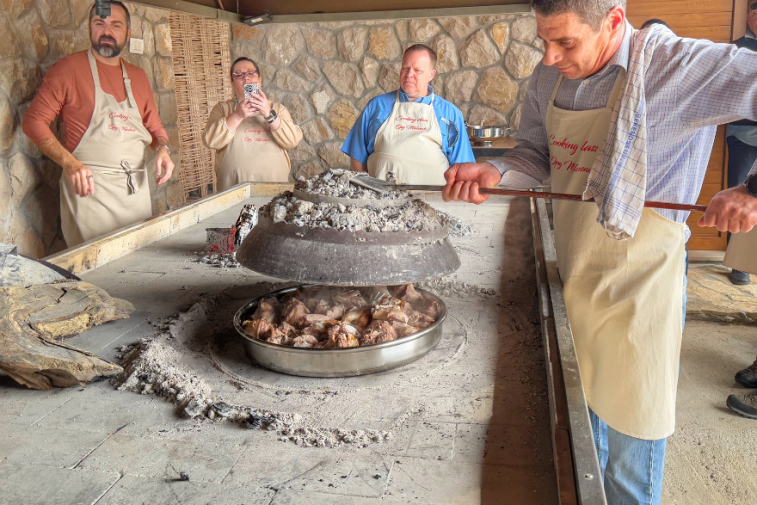
And we left it to cook. It takes about two hours or so, and Marija and Pero had planned enough activity to occupy us in the meantime. We made the aforementioned vegetable risotto and apple strudel. And every now and then, on this lovely late winter Mediterranean day, I’d wander outside to enjoy the view from the farm, which is surrounded by lush green hills and mountains dotted with quarries where the golden limestone that Croatia’s famous for was excavated.
Sitting down to peka and the rest of our meal was the absolute highlight of the day. And that’s in keeping with Croatian tradition, we learned from Croatia Honestly’s blog:
“Reserve it for feasts and important rites of passage. Think the Assumption of Mary, a christening or confirmation, a wedding. Whenever you eat peka, pay utmost respect for the ingredients.
“After all, peka is never about food alone. Use the ritual of eating peka to celebrate and to give thanks to life. Most of all, get together with your loved ones and enjoy the feast.”
If we all — Windstar guests, the Miloslavić family — initially gathered as strangers, we departed as friends. Which is what the tradition of peka is all about.
Inside Tips
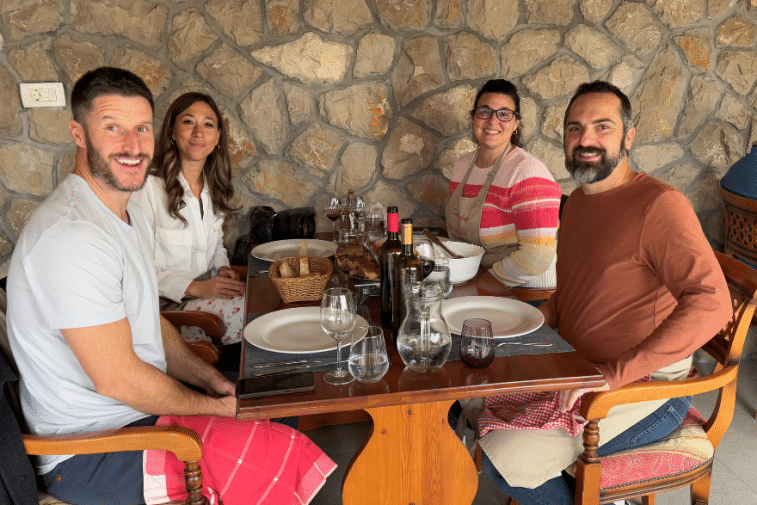
- Don’t eat a huge breakfast because even though the meal won’t be served for a few hours after you arrive, there’s lovely Croatian pastry and other snacks. And don’t plan on a special dinner onboard that evening. The lunch is so substantial you probably won’t feel all that hungry.
- Dress for comfort: Loose, relaxed clothing, and easy shoes. You’ll be on your feet a lot.
- Ask lots of questions about everything from food to family; the Miloslavićs, whose four daughters also live in the farmhouse (one was on hand throughout the day to support the cooking and cleaning effort) love to answer them (Marija is more fluent in English than Pero and Pero is the master chef).
- We were served both peka, a roasted meat and potato dish, and vegetarian risotto. If you have special dietary requirements, please alert your shore excursion team onboard beforehand.
About your visit to Dubrovnik
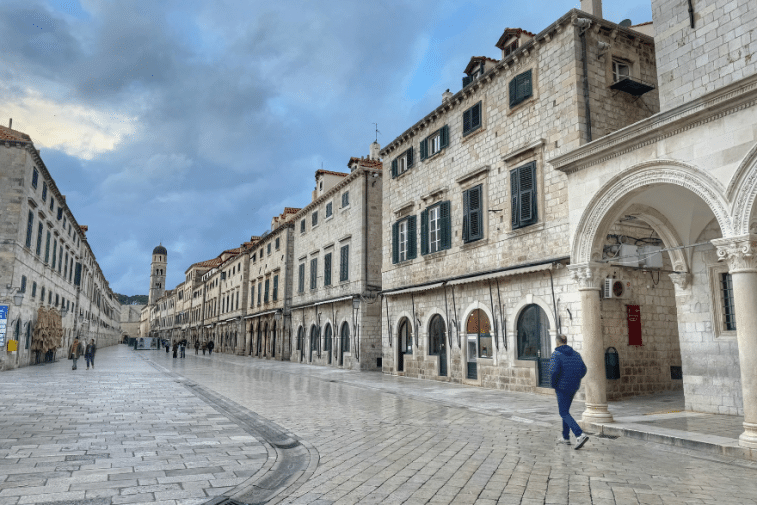
Many Adriatic cruises on Windstar call at Dubrovnik for a day and a half, which means there’s plenty of time for different experiences. During my locals’ season voyage in January, the shore excursions included both outdoor-oriented (walking the wall, exploring the medieval city) and indoor-focused (wine tastings and our cooking class). Another tour on our visit was called “Traditional Dubrovnik.” Dining companions that night absolutely raved about that one, too, particularly enjoying insights into the traditional Croatian method of making silk.
In spring, summer and fall, look for more options for nature-oriented outings.
We docked at Gruz, the primary harbor for cruise ships. Aside from our shore excursion, a shuttle between the port and downtown’s old city was provided; it’s about a 10-minute drive (and a pretty long walk, so unless you have a ton of time, you’re better off getting a ride). Dubrovnik had plenty of cabs (about 15 euro) and also has Uber.
Speaking of euro, Croatia adopted that currency in 2023, replacing its own kuna.
































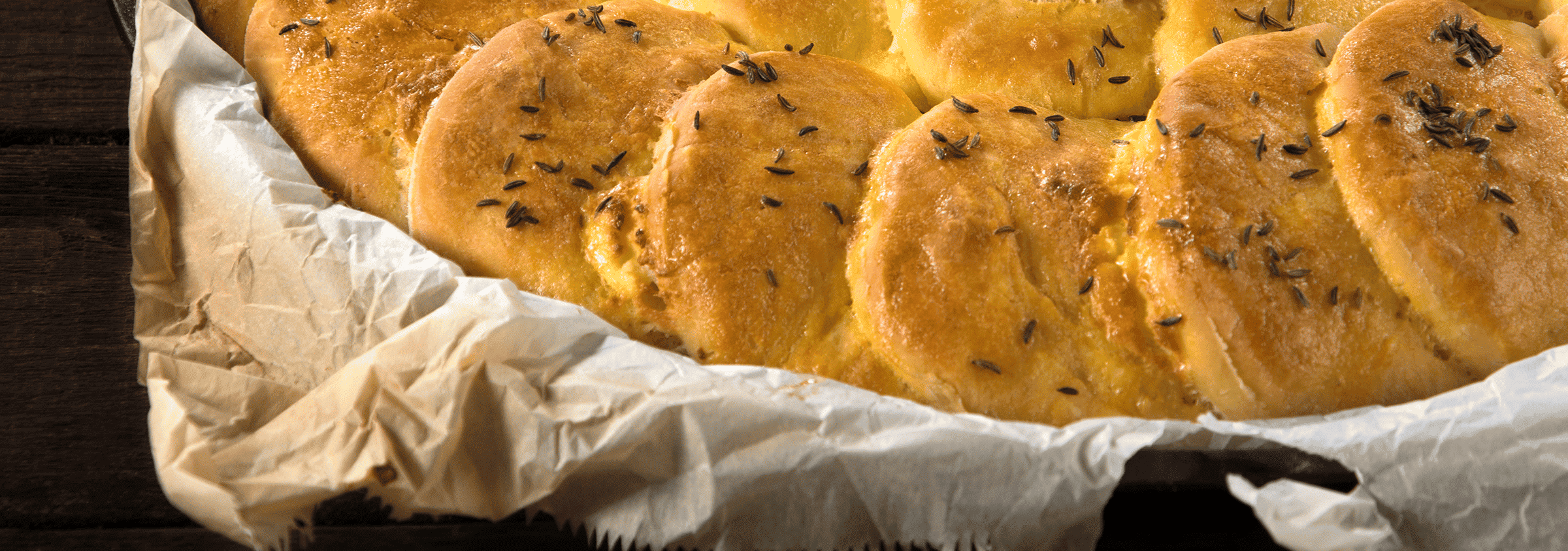














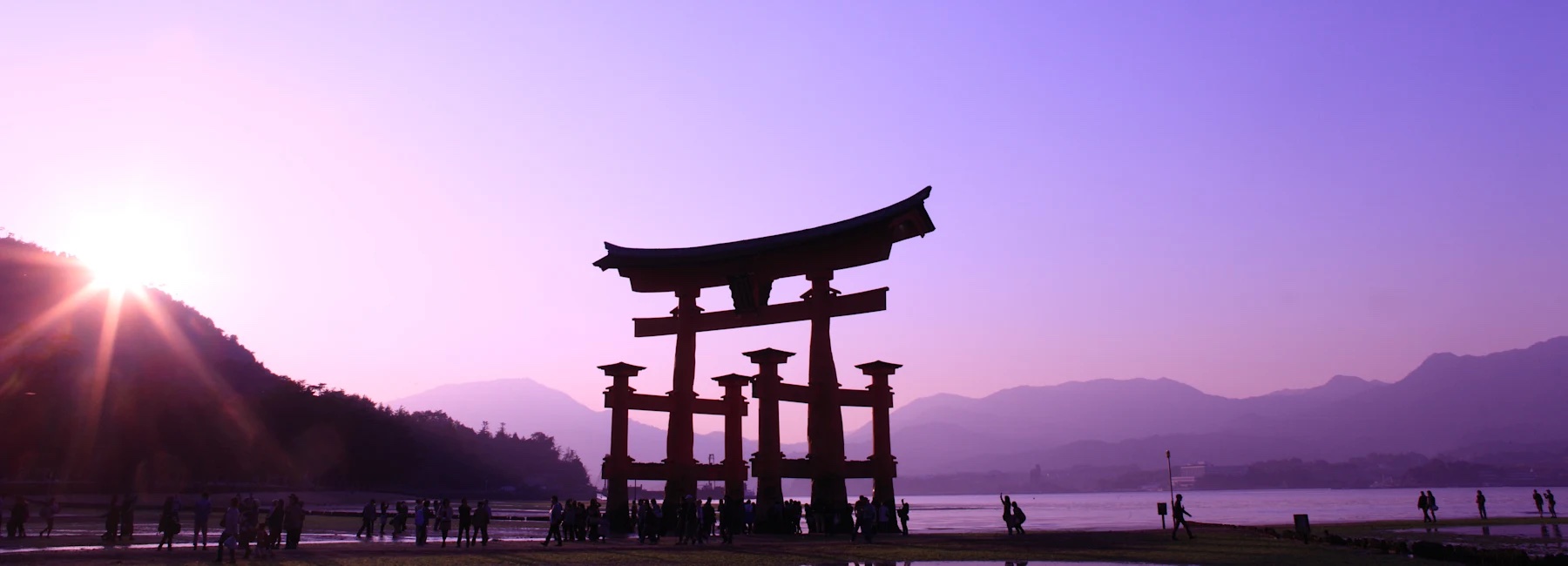





Thank you so much for this review, we are on the Wind Surf in September and looked at this excursion but wanted more info. You provided the details we were wondering about. We are only in port for one day. Would you recommend doing this excursion or The Wall?
Hi, Gloria, oh, yikes, that’s a tough one. Walking the wall is a Dubrovnik ritual (have done this many times). I’d check the schedule to see if you might have time for both. If there are a lot of ships in town, I’d definitely make peka 🙂 — it’s the most authentic experience I’ve had in Croatia. Let me know if you have any other questions!